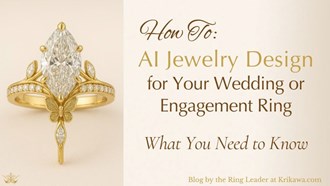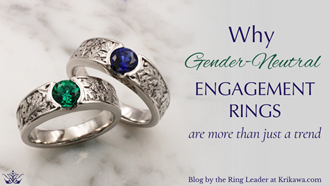
Holiday Jewelry Gift Guide 2025: Artful Treasures for the Ones You Love
December 09, 2025
A Curated Selection of Holiday Jewelry Gifts
The holidays are a season of meaning. If you are choosing gifts that tell a story, honor a relationship, or spark delight for years to come, at Krikawa, every piece is handcrafted by master jewelers in our Tucson studio, which means eve… see the full article



